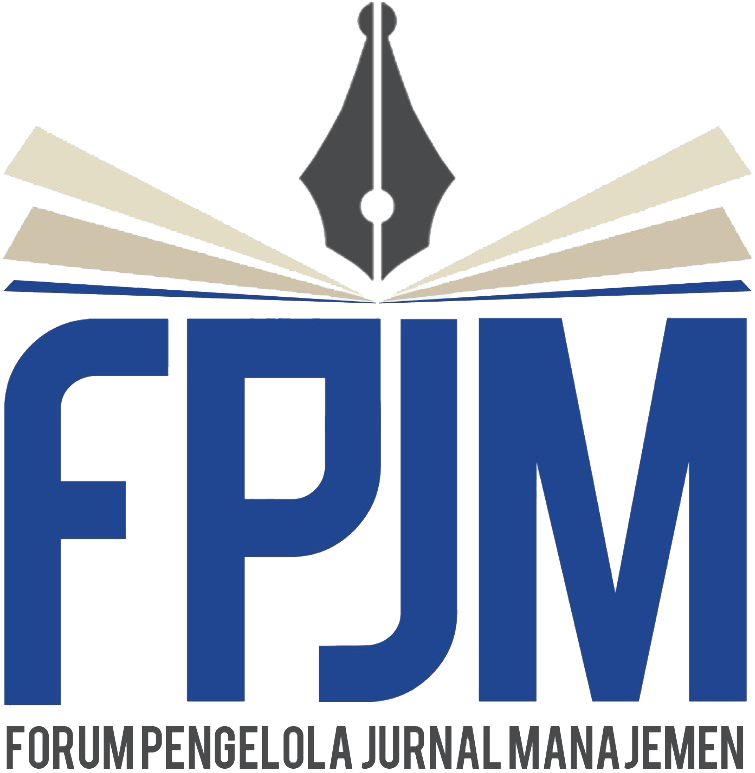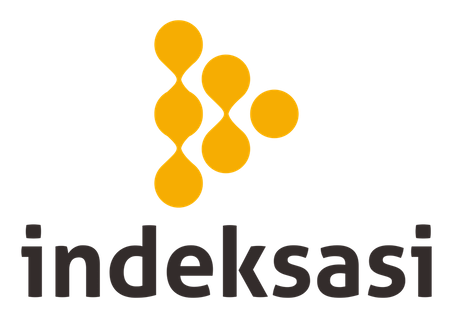Analisis Model Sistem Antrian pada BRI cabang STIKES Karya Husada Semarang
Keywords:
queuing, multi channel single phase, first come first serveAbstract
Queuing is an important part of operational management. It can be found either in manufacture sector or service sector. Queuing is persons or goods which are in the line waiting for the services and they will leave the line after being serviced. The purpose of this research was to analyze the queuing system applied in giving better services for the customers. It was done by calculating the total number of customers and the total average of serviced customers in a period of time, and optimizing the number of tellers that were working. Based on the research result it showed that the queuing model applied by BRI Bank in STIKES Karya Husada Semarang was Multi Channel- Single Phase Model. This model was applied through queuing discipline principle which was First Come – First Serve ( FCFS). The average time of a customer in queuing was 0.07 hour/person, and the average time spent by the customer was 0.15 hour/person. The average number of customers was two persons and the expected average number of customers was three persons. There was an addition of teller from one to two. They were working optimally. From the calculation result, it showed that by having two tellers, BRI Bank could give the better service in which the average time of the customer in queuing was 0.0002 hour /person. And the average time spent by the customer was 0.080 hour/person. The number of customer was one person, and the expected number of customer was two persons.




















